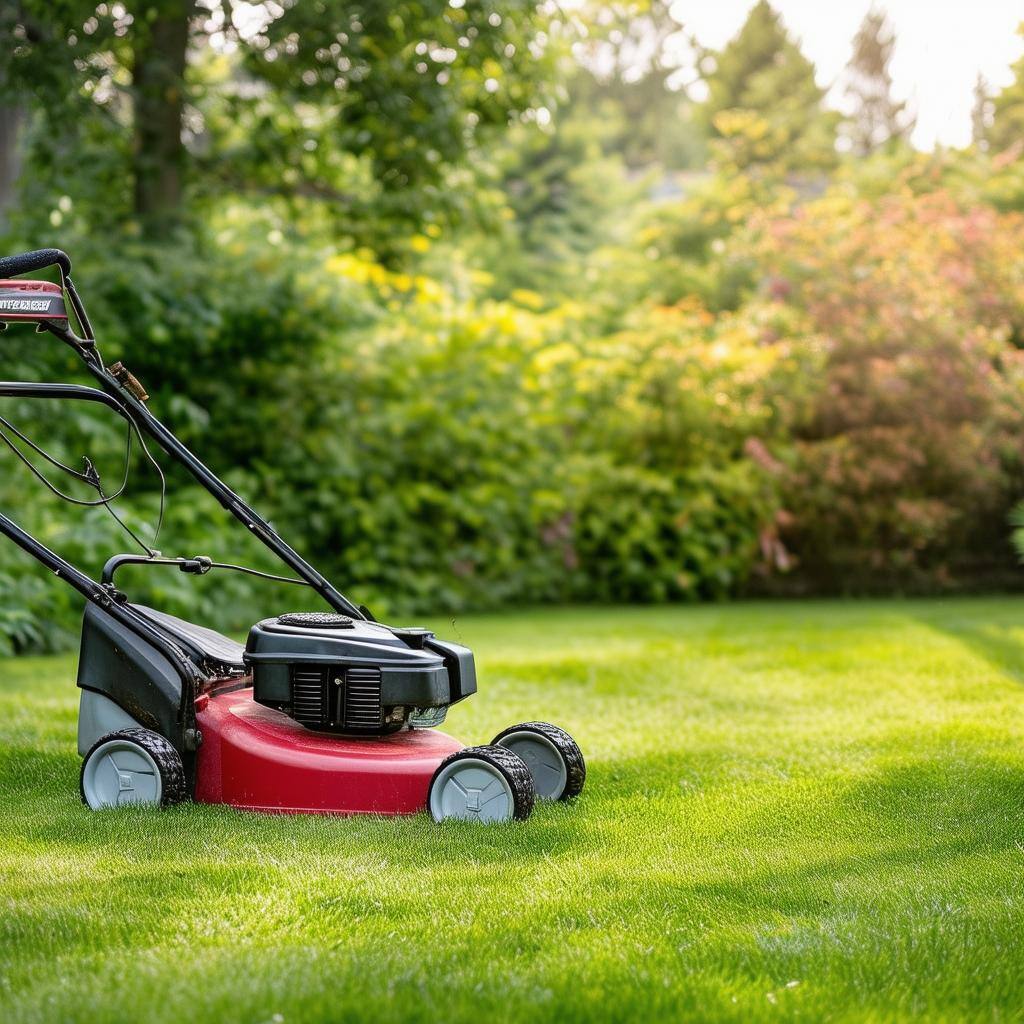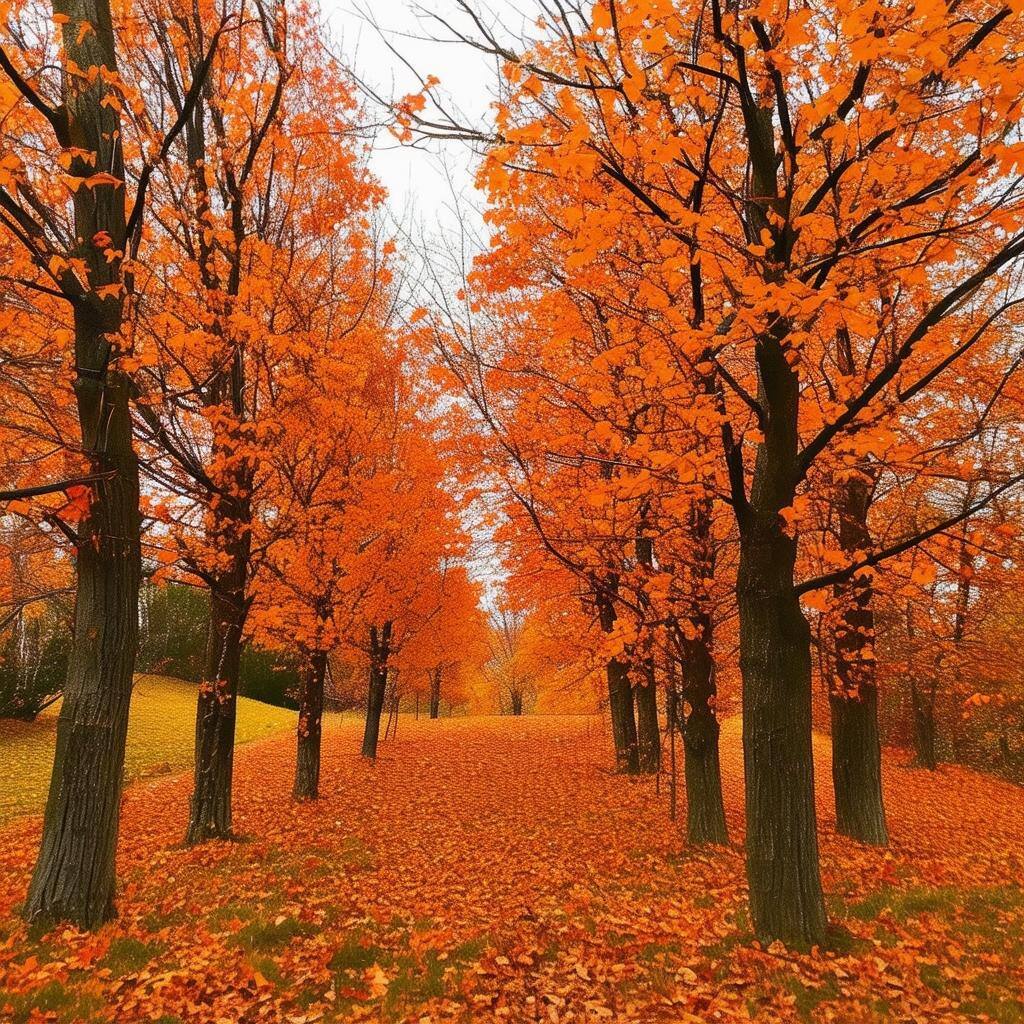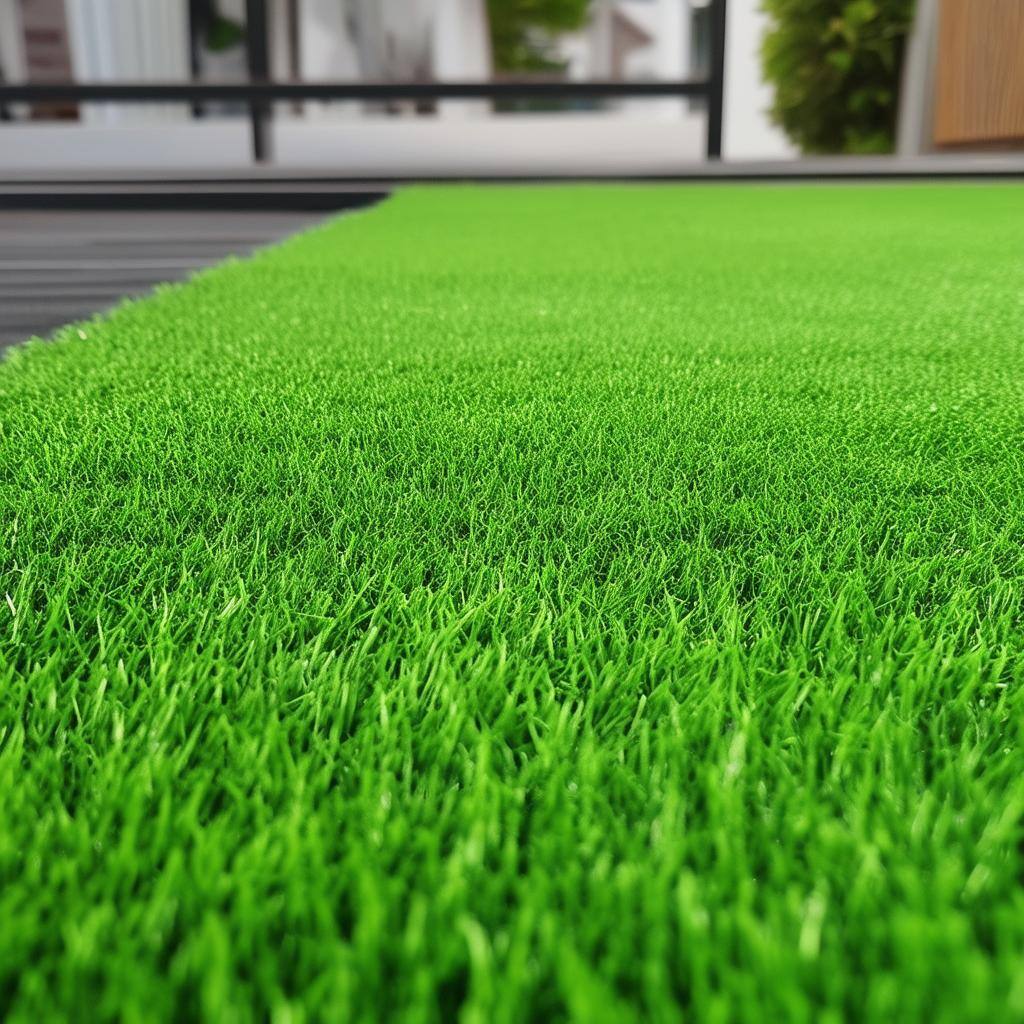The Art of Landscaping: Transforming Your Outdoor Space
Landscaping is more than just arranging plants and laying down grass; it's an art form that combines nature and design to create a beautiful outdoor environment. Whether you want to enhance your home’s curb appeal, create a relaxing backyard retreat, or cultivate a functional outdoor space, effective landscaping can significantly elevate your property. This guide explores the key elements of landscaping, popular trends, and practical tips for creating your ideal outdoor space.
Learn More Below for Key Elements, Popular Trends, & Practical Tips!
Key Elements of Landscaping
1. Design and Planning
Before you start planting, it's essential to have a clear design plan. Consider your space, the purpose of the landscape, and your personal style. Take into account factors such as:
- Functionality: What do you want to achieve with your landscape? A garden for relaxation, an entertainment area, or a play space for children?
- Aesthetics: Choose colors, shapes, and styles that complement your home and personal taste.
- Layout: Create a balanced design that considers flow, sightlines, and accessibility.
2. Plant Selection
Choosing the right plants is crucial for a successful landscape. Consider the following factors:
- Climate: Select plants that thrive in your local climate and soil conditions.
- Maintenance: Opt for plants that fit your maintenance preferences—some require more care than others.
- Seasonality: Incorporate a mix of perennial and annual plants for year-round interest.
3. Hardscaping
Hardscaping involves the non-plant elements of landscaping, such as patios, walkways, retaining walls, and decks. These features can provide structure and functionality to your outdoor space. Some popular hardscaping options include:
- Patios: Create a designated space for outdoor dining or entertaining.
- Walkways: Guide guests through your garden and connect different areas of your yard.
- Retaining Walls: Prevent soil erosion and create terraced landscapes in sloped areas.
4. Water Features
Incorporating water features can enhance the tranquility of your landscape. Options include:
- Fountains: Provide a focal point and soothing sounds.
- Ponds: Attract wildlife and offer a serene environment.
- Streams or Waterfalls: Create movement and visual interest in your landscape.
5. Lighting
Proper lighting can extend the use of your outdoor space into the evening. Use lighting strategically to highlight pathways, showcase plants, and create ambiance. Consider:
- Solar Lights: Energy-efficient options for illuminating pathways.
- Spotlights: Draw attention to trees or architectural features.
- String Lights: Create a cozy atmosphere for outdoor gatherings.
Popular Landscaping Trends
1. Sustainable Landscaping
With a growing focus on environmental responsibility, sustainable landscaping practices are gaining popularity. This includes:
- Native Plants: Choosing plants that are indigenous to your area can reduce water usage and support local wildlife.
- Xeriscaping: Designing landscapes that require minimal irrigation through drought-resistant plants and smart design.
- Rain Gardens: Creating areas that capture and absorb rainwater runoff, promoting natural filtration.
2. Outdoor Living Spaces
More homeowners are looking to extend their living spaces outdoors. This trend includes:
- Outdoor Kitchens: Complete with grills, countertops, and seating areas for entertaining.
- Fire Pits: Offering warmth and a gathering spot for friends and family.
- Lounging Areas: Incorporating comfortable furniture and shade structures for relaxation.
3. Vertical Gardening
For those with limited space, vertical gardening offers a creative solution. Utilize walls, fences, or trellises to grow plants upward, maximizing your gardening area while adding visual interest.
4. Edible Landscaping
Combining beauty and functionality, edible landscaping incorporates fruits, vegetables, and herbs into traditional garden designs. This trend not only provides fresh produce but also adds variety and texture to your landscape.
Practical Tips for Successful Landscaping
1. Start Small
If you’re new to landscaping, begin with a small project. This allows you to gain experience without feeling overwhelmed.
2. Research and Plan
Take the time to research plants, materials, and design ideas that align with your goals. A well-thought-out plan can save you time and money in the long run.
3. Soil Preparation
Investing time in preparing your soil is crucial for plant health. Test the soil for pH and nutrient levels, and amend as necessary before planting.
4. Regular Maintenance
Establish a maintenance routine that includes watering, pruning, and weeding. Regular care will help your landscape thrive and keep it looking its best.
5. Seek Professional Help
If you're unsure where to start or have a larger project in mind, consider hiring a professional landscaper. They can provide valuable expertise and help bring your vision to life.
Summary
Landscaping is a rewarding endeavor that can transform your outdoor space into a beautiful and functional environment. By understanding the key elements of landscaping, staying informed about current trends, and following practical tips, you can create a stunning landscape that enhances your home and enriches your lifestyle. Embrace your creativity and enjoy the process of designing and nurturing your outdoor sanctuary!
Why don't homes come with a user manual?
We don't know, either. But we're here to help.
See how, below...from tackling the maintenance tasks you can’t stand or always forget, to getting proactive with your maintenance, to sending out contractor referrals we actually know & trust!
You May Also Like
These Related Stories

Lawn Maintenance Guide

Tree Maintenance Guide
